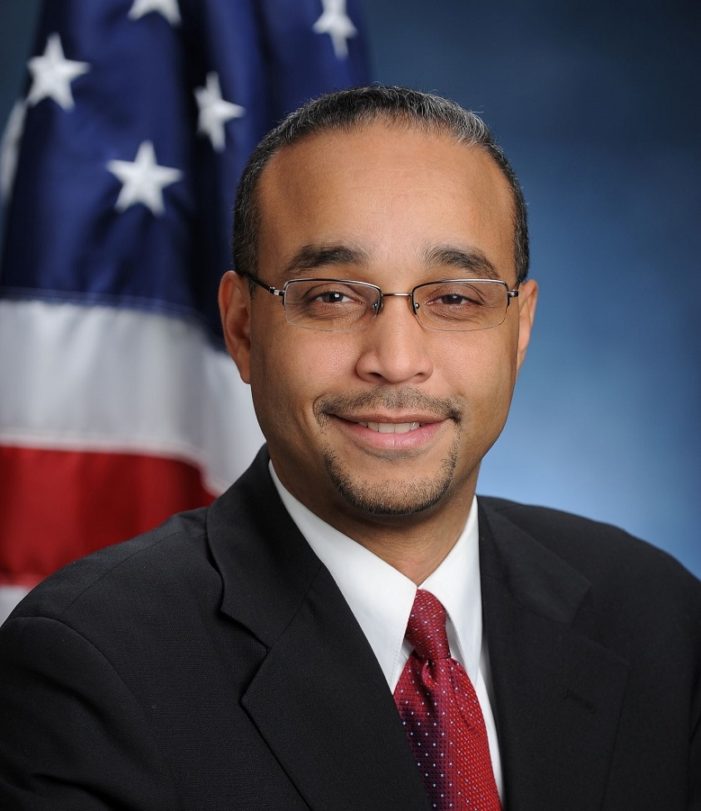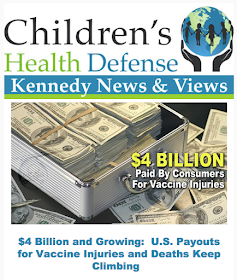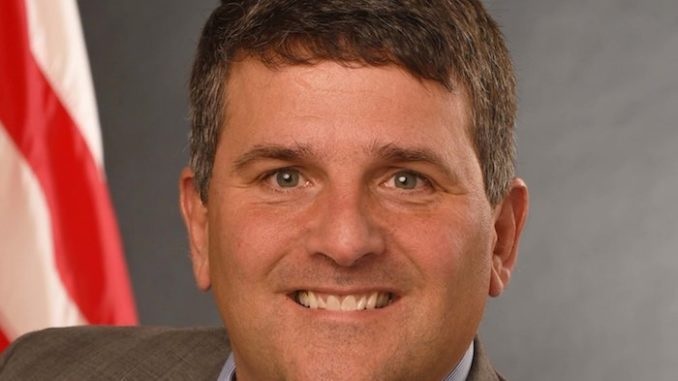
November 29, 2018
Vaccine Boom, Population Bust: Study Queries the Link Between HPV Vaccine and Soaring Infertility

By Celeste McGovern, for Children’s Medical Safety Research Institute
A plague is spreading silently across the globe. The young generation in America, the United Kingdom, France, Italy, Japan, Australia – in virtually every western country – is afflicted by rapidly increasing rates of infertility.
This spring, the United States reported its lowest birth rate in 30 years, despite an economic boom. Finland’s birth rate plummeted to a low not seen in 150 years. Russian President Vladimir Putin recently introduced a string of reforms aimed at stemming the country’s “deep demographic declines.” The government of Denmark introduced an ad campaign to encourage couples to “Do it for Denmark” and conceive on vacations, and Poland produced a campaign urging its citizens to “breed like rabbits.”
Something –
or things — are robbing young women and men of their capacity to
procreate and public health admits it doesn’t have a clue where to start
to fix the emerging priority.
The Centers for Disease Control reports that more than 12 percent of American women – one in eight—have trouble conceiving and bearing a child. Male fertility is plunging, too, and the trend is global. Something – or things — are robbing young women and men of their capacity to procreate and public health admits it doesn’t have a clue where to start to fix the emerging priority. Besides bantering about expanding access to costly and risky artificial reproductive technologies, very little is being done to discern the cause of the rising infertility crisis.
So, earlier this month, when an unprecedented study was released that looked at a database of more than eight million American women and singled out a whopping 25 percent increase in childlessness associated with one ubiquitous drug that young women have been taking for only a decade — in tandem with a marked decline in fecundity — you would have thought there would be significant interest from public health, the medical profession and the media, wouldn’t you?
A Common Denominator Behind Growing Infertility Rates
Instead, all three of these behemoths remain stone silent. The reason? Because the study, published in the current Journal of Toxicology and Environmental Health, examines the childbearing capacity of women who received the human papilloma virus (HPV) vaccine – compared to those who didn’t — and the results are chilling. No one in public health, medicine or mainstream media, which are tangled up in the money-making machine of this vaccine, dare to publicly question the “safe and effective” mantra they’ve promulgated about Merck and GSK pharmaceuticals’ “blockbuster” commodity worth billions.The study is by Gayle DeLong, associate professor of economics and finance, at Baruch College at City University of New York. She observed that the declining birth rate had plunged in America in recent years – from 118 per 1,000 in 2007, to 105 in 2015 for the cohort aged 25 to 29.
The HPV vaccine was approved by the Food and Drug Administration for use in the US in 2006 to prevent cervical cancer – an illness women face a 0.6% lifetime risk of being diagnosed with.
Although it is diagnosed most frequently at age 47 in the United States, it was rolled out en masse, initially targeting girls aged 11 to 26 (and has since been marketed to boys as young as nine to prevent rare anal and penile cancers — a disease that afflicts 0.2 % of men in their lifetime.).
They
raised troubling questions about some vaccine ingredients’ documented
impact on reproduction, cited serious deficiencies (some would say
criminal negligence) in preliminary vaccine trials and concluded that
further research was urgently required….for the purposes of population
health and public vaccine confidence.
In 2014, the doctors published a case series of more teens who had entered premature menopause — a phenomenon Little and Ward described as ordinarily “so rare as to be also unknown.” They raised troubling questions about some vaccine ingredients’ documented impact on reproduction, cited serious deficiencies (some would say criminal negligence) in preliminary vaccine trials and concluded that further research was “urgently required….for the purposes of population health and public vaccine confidence.”
As well, between 2006 and 2014, the Vaccine Adverse Event Reporting System (VAERS) cited 48 cases of ovarian damage associated with autoimmune reactions in HPV vaccine recipients. Between 2006 and May, 2018, VAERS catalogued other reproductive issues: spontaneous abortion (256 cases), amenorrhea (172 cases), and irregular menstruation (172 cases), all of which are likely under-reported symptoms.











